Testimonial from ENRIITC – help with industry network
Professor Beata Orlecka-Sikora works as the Director of the Institute of Geophysics of the Polish Academy of Sciences. Inspired by ENRIITC activities, Beata is developing a collaboration with industry.
Thanks for your time, Beata. Firstly, could you please tell us about your interactions with ENRIITC?
We are engaged in EPOS, the European Plate Observing System, which is a distributed research infrastructure that facilitates the integrated use of data, data products, and facilities from the solid Earth science community in Europe.
Information about the ENRIITC project came from the EPOS coordination unit. As we are responsible for developing collaborations with industry, the EPOS coordinator recommended that we contact the ENRIITC team at the beginning of the ENRIITC project. It was already known then that our paths would cross many times. We decided to develop a plan of cooperation with industry partners, and to propose to EPOS establishing the ICO.
What is EPOS?
EPOS is a young infrastructure at an early stage of development looking for solutions to develop cooperation with industry. Inspired by ENRIITC we developed three recommendations:
- RECOMMENDATION 1. to establish an ICO at the ERIC level. This recommendation was drawn after reading ENRIITC deliverables. The value of the infrastructure is the interdisciplinarity and integrated nature of the data. We know that an industrial partner is interested in them.
- RECOMMENDATION 2. To establish an Innovation Advisory Board including industry members, to advise on the strategy and implementation of the interaction with the private sector.
- RECOMMENDATION 3. We need to develop a system of user registration. Without this, we will not be able to monitor our successes. EPOS is open, and a large proportion of EPOS users do not want to register. They demand additional functions, such as free working space, to register.
What is the model of collaborating with EPOS?
We have 3 full models:
- User: we have an open data policy. The main data user is the scientist. It is very hard for a company to get acquainted with knowledge. The industrial partner, therefore, buys data and tailored data products from the agency for example an institution that is involved in the EPOS project.
- Supplier: we are a thematic portal, so we post seismicity data, geological information about where seismicity occurred, and technological information about why it happened. We convinced industrial and institutional partners to provide data that is still suitable for research: private GMS networks, satellite data, and surface deformations, geodetic data.
- Co-creator: it usually happens when applying for EU funds with industry components. For example, we performed a project with an industrial partner that allowed us to integrate seismic data at the national level. We also have laboratories where you can test equipment, which both an industrial partner and a scientist can benefit from.
What does the future of EPOS look like?
EPOS has a unique situation to be a relevant player in finding ground-breaking solutions for pressing the global challenges in Earth Sciences. We are now in the energy transition, much attention is paid to climate change and we need to approach it appropriately. We need to define the access to data:
- open data, challenging to interpret and obtain
- in cooperation with experts affiliated with EPOS.
We need to combine fundamental science with the industry component. We find collaboration with the private sector as a very important driver of innovation which may attract young people. EPOS needs a new generation of developers.

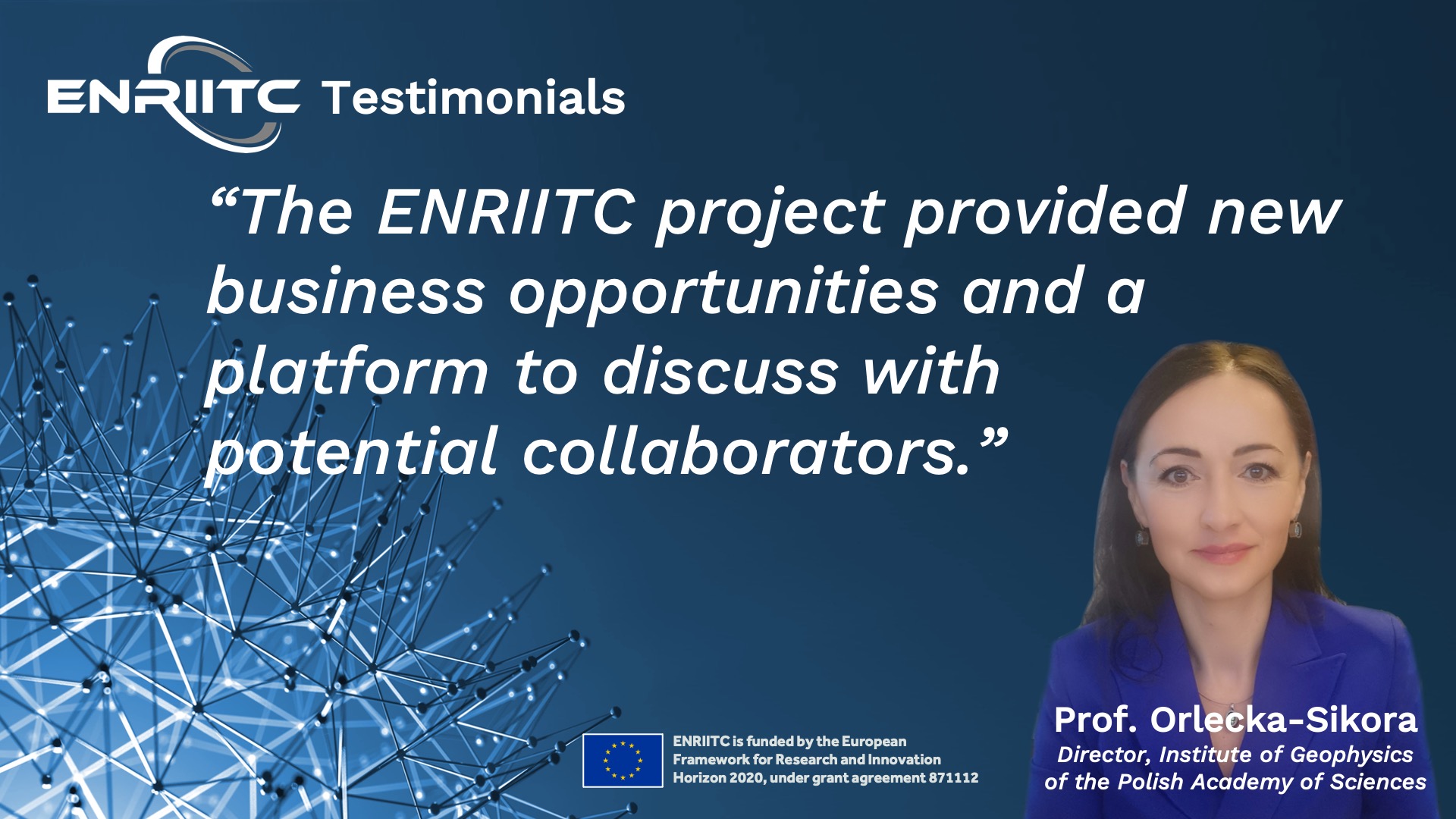
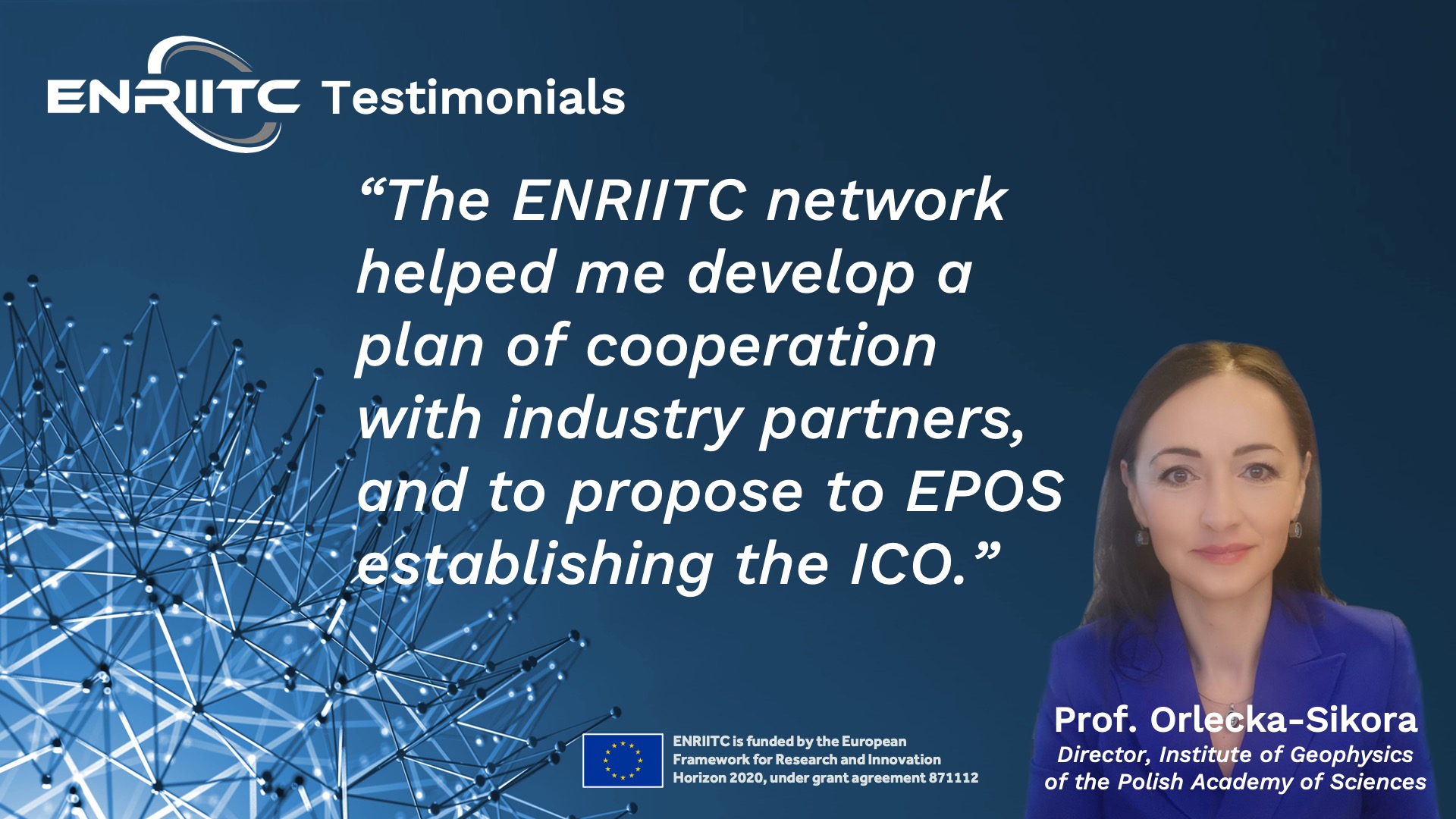
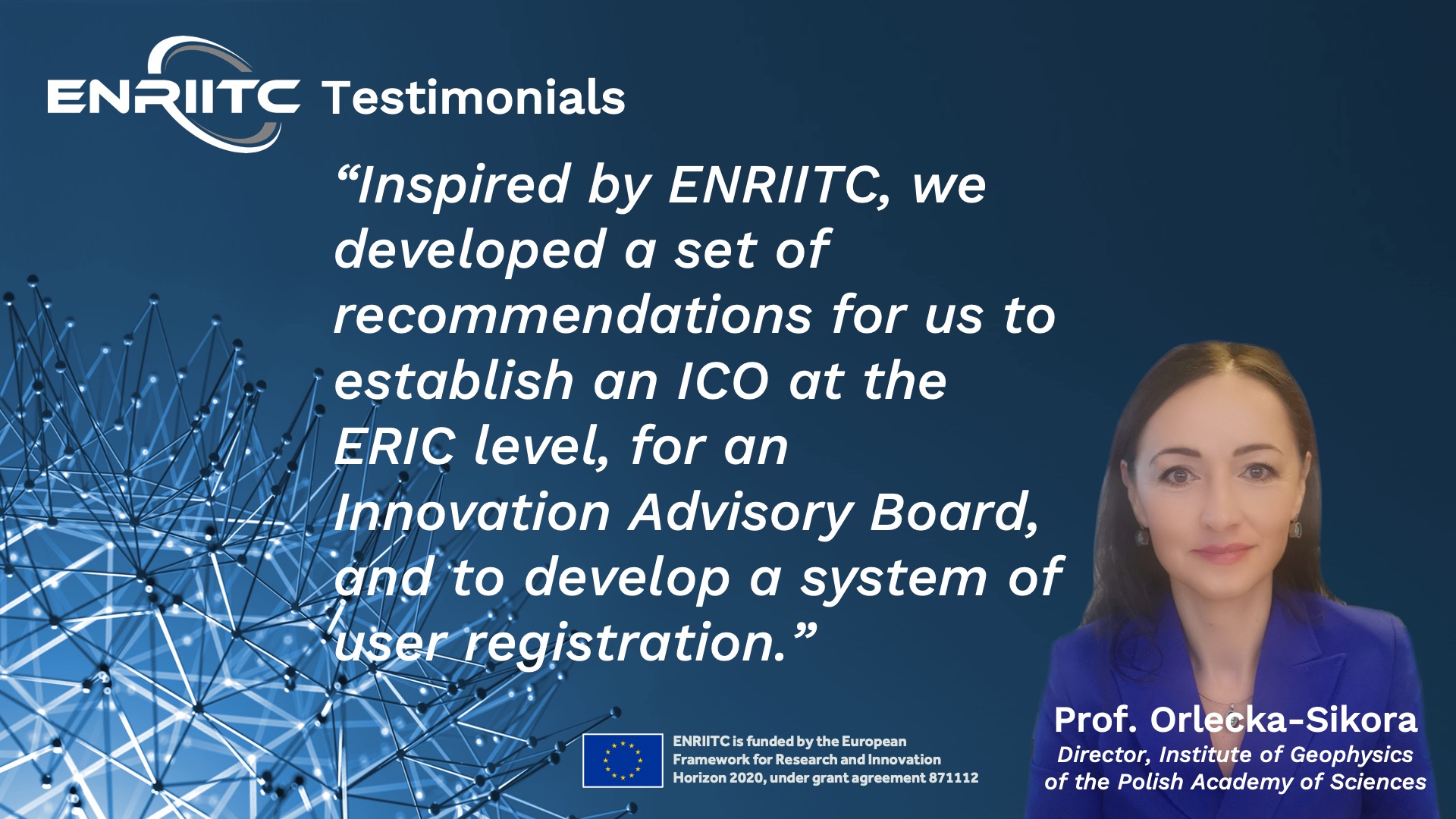
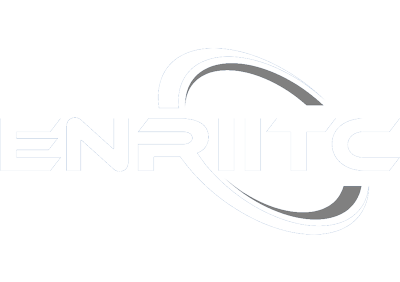
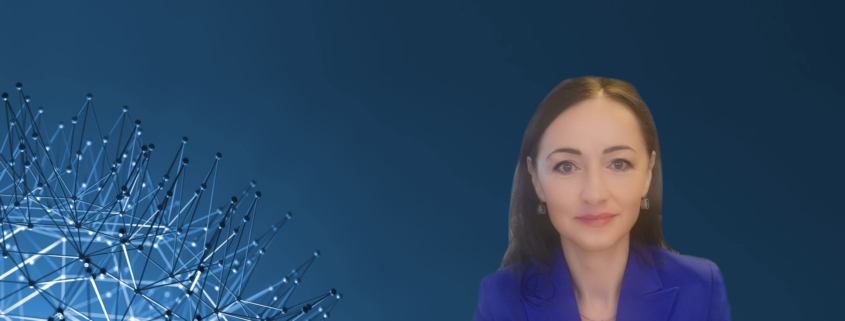


Leave a Reply
Want to join the discussion?Feel free to contribute!